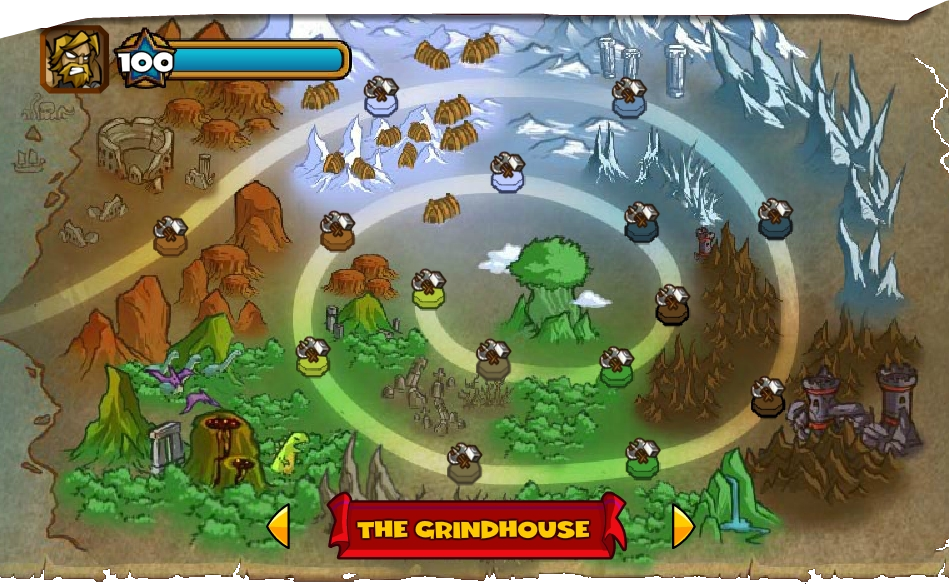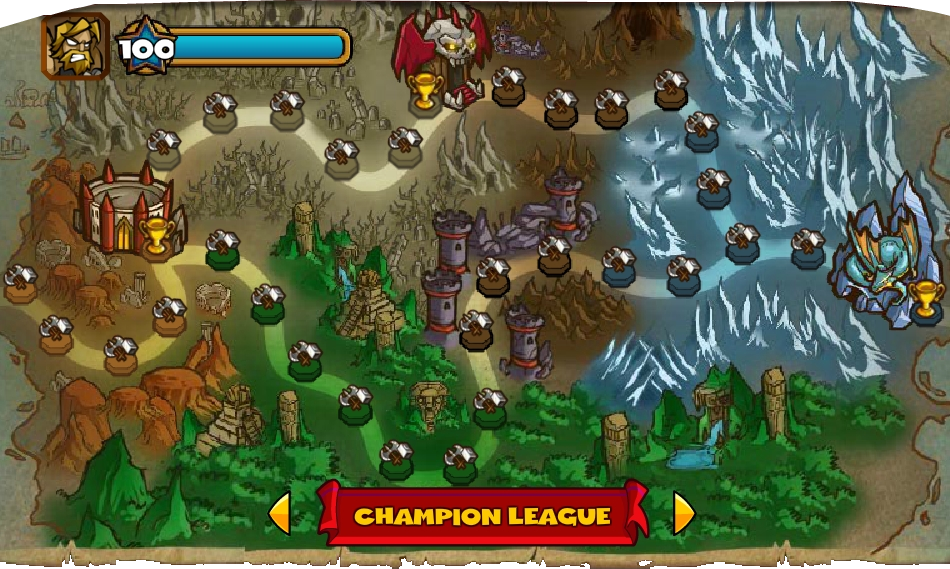

And you’ll use ‘em, since this Western gunslinger sim is a punishing riff on the “vertical walking shooter” sub-genre. Sadly, the latter did not make it to the NES port in 1987, but Ikari Warriors was well received on home console nonetheless. Where else do you race through a labyrinth to uncover gems that form a picture all while being chased by Pac-Man-ish ghosts? -Jon IrwinĪmid a sea of Commando clones, upon its 1986 release to arcades, Ikari Warriors carved an identity of its own with a unique two player mode and the inclusion of rotary joysticks. There’s nothing else like it in the history of videogames.

It’s just more proof that aimless violence can be cathartic for all ages.- Garrett MartinĬombining the splash page close-up action shots of Double Dribble with the button-mashing fury of the original Track and Field, this 1988 sports omnibus was a crucial postscript to the 1988 Seoul Olympics for every starry eyed kid who loved videogames and Greg Louganis in equal measure.- Garrett Martinĭon’t listen to those who pooh-pooh the Clu Clu. It’s got overgrown beasts just beating the hell out of some skyscrapers, while also trying to swat away helicopters and stomp on tanks. RampageĪlthough not an ideal port, this got the basics right enough that nobody could really complain. It’s basically a history class in list form. Let’s explore that library together as we look back on the 100 best games released for the NES. That core of Nintendo classics was bolstered by reams of top-notch third-party games, from such acclaimed publishers as Konami, Capcom and Tecmo, to form perhaps the deepest roster of games ever seen on any videogame console. As a developer, Nintendo’s legacy of quality was established even before the NES was released, but it quickly grew after such games as The Legend of Zelda, Metroid and Super Mario Bros. Of course it wasn’t the hardware that made every kid want a Nintendo 30 years ago.

The NES quickly became a defining part of 1980s culture, converting millions of kids into lifelong videogame fans, reestablishing the industry as a multi-billion dollar concern, and convincing some parents that every subsequent videogame system, no matter who made it, could be referred to simply as the Nintendo. They had to bundle it with a robot and a toy gun in order to get their system, which they named the Nintendo Entertainment System, on toy shelves instead of in the electronics department. It was so bad that retailers notoriously had little interest in carrying Nintendo’s new console when the Japanese company launched it in America in 1985. A glut of poorly made games for the Atari 2600 killed the marketplace as the industry lost billions in revenues in just a matter of months. After the videogame crash of 1983, the console was essentially dead, and the arcade reigned supreme. It’s not an overstatement to say that the Nintendo Entertainment System saved the entire home videogame industry. Something like the NES Classic doesn’t become impossible to find merely out of nostalgia its popularity was a testament to the enduring triumph of the best games released for the Nintendo Entertainment System. One of the hottest products last holiday season was a tiny box that played a bunch of videogames from 30 years ago.


 0 kommentar(er)
0 kommentar(er)
